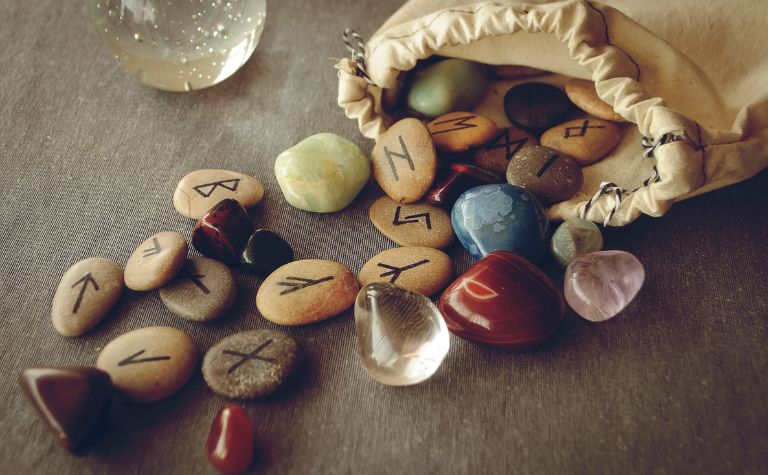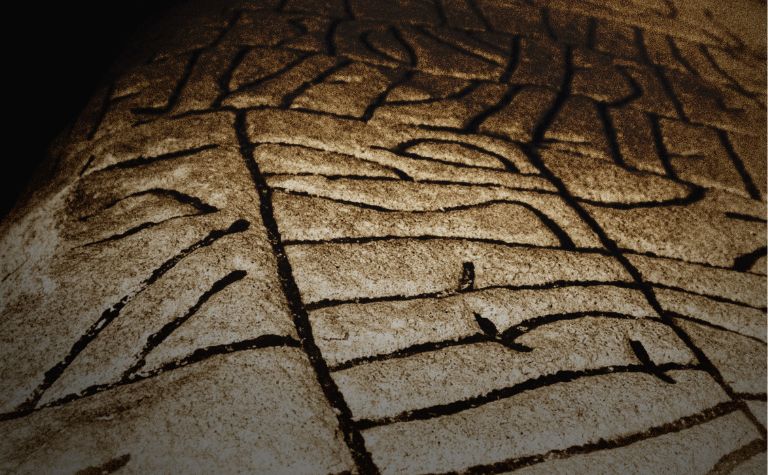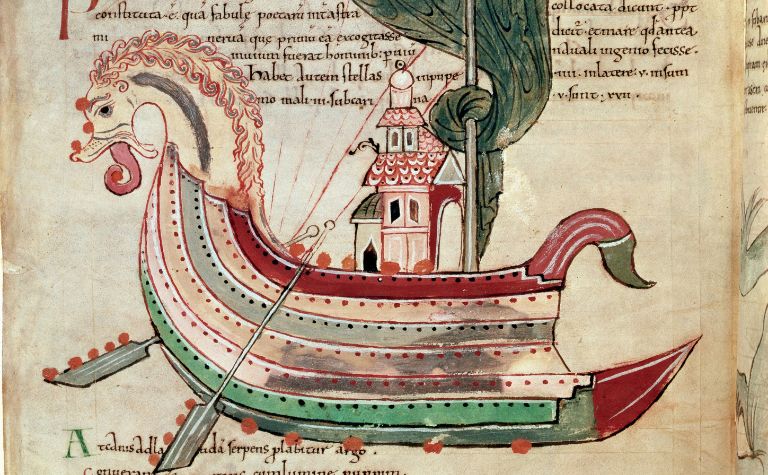Thanks to modern pop culture, most people know about Asgard, Midgard, and Jotunheim – three of the worlds according to Norse mythology.
However, most people don’t realize that Norse mythology speaks of nine worlds, not just three.
The nine worlds in Norse mythology are Asgard, Vanaheim, Svartalfheim (Nidavellir), Midgard, Alfheim, Jotunheim, Muspelheim, Niflheim, and Hel (Helheim).
Two races of gods inhabit Asgard and Vanaheim; Midgard is home to mankind. The other realms have their own inhabitants, neither humans nor gods.
It’s important to note that these nine realms are the most commonly accepted in Norse mythology today. However, they were probably slightly different before Snorri Sturluson wrote the Prose Edda. [1]
This article will look at today’s commonly accepted nine realms and note Sturluson’s changes from the original nine worlds.
Also, see Does Marvel Own Norse Mythology? to learn more.

1. Asgard
Perhaps the most well-known of all the nine worlds, Asgard is home to the Aesir, the collective name for the Norse gods.
Asgard is where Odin and Freya have their famous halls, Valhalla and Folkvangr, where the best warriors go to fight and train for Ragnarok when they die. [2]
Asgard sits near the top of the world tree, is filled with towering buildings, and is surrounded by a high, protective wall.
It includes the Bifrost, or rainbow bridge, which allows the gods to travel from Asgard to the other worlds.
There are also places in Asgard, notably Odin’s Hildskjalf and Heimdall’s watch post from the Bifrost*, where the gods can sit and look over the rest of the worlds.
*Sources differ about Heimdall’s ability to see other worlds. Marvel has perpetuated the idea that Heimdall’s placement as the guardian of the Bifrost and entrance to Asgard allowed him to see everything. However, the Eddas are unclear whether his location or his innate ability to see “a hundred leagues” gave him this power. [3]
2. Vanaheim
Vanaheim is another world filled with gods. These gods, known as the Vanir, are lesser known, though three of them live in Asgard with the Aesir. These three are:
- Njord
- Freyr
- Freya
The Eddas speak of a great war between the Vanir and the Aesir that finally ended with the two groups coming to an uneasy truce.
The Asgardians sent hostages to live with the Vanir, and the Vanir sent Njord and his children, Freyr and Freya, to live with the Aesir.
There are few descriptions of Vanaheim, though the Eddas say it’s a realm of magic and fertility.
It’s also near the top of Yggdrasil and, most scholars believe, to the west of Asgard.
Also, see 7 Weapons Mentioned In Norse Mythology to learn more.
3. Svartalfheim/Nidavellir
Originally, Svartalfheim and Nidavellir were probably two separate worlds. Svartalfheim was where the dark or black elves lived, while the dwarves made their home in Nidavellir.
When Snorri Sturluson penned the Prose Edda, he combined the two, often using the names interchangeably.
Unfortunately, this combining of the worlds has led to confusion about the black elves and the dwarves.
Some scholars insist that the black elves and dwarves are the same race being called by two different names and that both make their home in Svartalfheim. [4]
Others insist that black elves and dwarves are two different races.
This theory has the dark elves living in Alfheim with the light elves and the dwarves living in Svartalfheim.
Either way, today, it’s broadly accepted that Svartalfheim and Nidavellir are the same.
The realm is far beneath the earth and where the dwarves, who are master craftsmen, make their incredible, sometimes magical, creations.
It’s naturally dark but warm and always lit by the fires from the dwarves’ forges.

4. Midgard
Midgard is located in the center of the world tree and is home to humans. Basically, it’s planet Earth as everyone knows it.
Though, when the Vikings shared tales of Norse mythology, Midgard looked far different than it does today.
Odin and his brothers, Vili and Ve, created Midgard from the fallen body of the giant Ymir. [5]
Also, see Norse Mythology vs. Celtic Mythology to learn more.
5. Alfheim
Also, near the top of the world tree, Alfheim was originally home to the light elves. Today, most people still credit it that way, though some scholars insist that the black or dark elves live there, too, thanks to Snorri’s retelling of the myths.
Occasionally, the elves, magical creatures in their own right, would visit Midgard, bestowing gifts on deserving humans. They inspired art, music, poetry, and all of life’s “lighter” things.
Most people believe Alfheim is a gorgeous place, almost like a paradise, where the sun always shines and the weather is always pleasant.
6. Jotunheim
Most people somewhat familiar with Norse mythology think that Jotunheim is home to frost giants. That isn’t necessarily true.
It is the home of giants, but the “frost” part of that name is misleading. Mostly, the Eddas talk about giants as looking like huge but humanlike beings.
Jotunheim, though, is cold and full of snow and ice, which is why so many people call them frost giants.
Within Jotunheim is the palace at Utgard, which figures heavily in some of the Norse myths. The popular god Loki also originally came from Jotunheim.

7. Muspelheim
Muspelheim is Jotunheim’s polar opposite. It’s a world of fire, heat, lava, soot, and flames. There’s also a race of giants who live there, typically referred to as fire giants.
The most well-known of these giants is Surtr, who will break free from Muspelheim at Ragnarok, join with Loki and his forces, and destroy the world.
Also, see Does Norse Mythology Have Demons? to learn more.
8. Niflheim
Niflheim is another tricky world about which scholars often argue. Initially, it was thought that Odin cast Hel into Niflheim to rule over the land of the dead who didn’t die in battle.
If that were the case, then Helheim likely didn’t exist as a separate world in the original Norse myths. [1]
However, it’s now commonly accepted as a separate realm from Hel. Like Muspelheim, it’s a primordial world and was one of the first of the nine worlds ever created.
Unlike Muspelheim, though, there is no fire and heat in Niflheim. It’s dark, icy, cold, and silent. It’s the loneliest of all the realms, and no one can live there.
9. Hel/Helheim
Though it may not have existed initially, Hel (or Helheim) is commonly accepted as one of the nine worlds today.
It’s a dark, cold place, almost as quiet and lonely as Niflheim. It’s the domain of Hel, Loki’s daughter, who is half young and beautiful and half dead and decaying.
There, she presides over the world of the dead. All those that don’t go to Valhalla or Folkvangr enter her realm.
At Ragnarok, she will lead them out of Hel to Asgard, where they will fight alongside Loki and Surtr against the Aesir and their allies.
Also, see Why Did Loki Kill Balder? to learn more.
